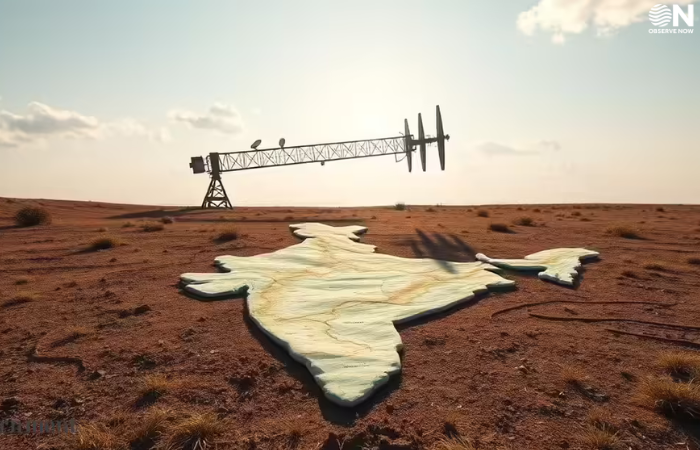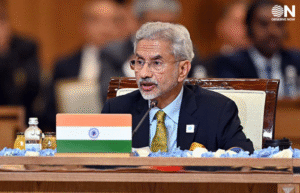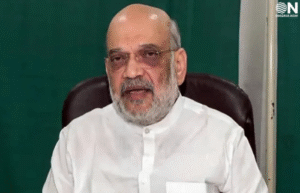MSMEs Driving India’s Vision for a Viksit Bharat

India’s micro, small and medium enterprises (MSMEs) are rapidly transforming into the backbone of the nation’s economy, playing a central role in achieving the ambitious Viksit Bharat 2047 vision. Traditionally associated with handicrafts and rural industries, the sector is now stepping into high-growth areas such as manufacturing, IT, services, and exports. This transformation is being fueled by a combination of government policies, global trade opportunities, and digital adoption. Initiatives such as the Prime Minister’s Employment Generation Programme (PMEGP), the Credit Guarantee Fund Trust for Micro and Small Enterprises (CGTMSE), and the Digital Ecosystem for Skilling and Handholding (DEH) have created pathways for easier credit, skilling, and capacity-building support. Export Facilitation Centers are also equipping enterprises to connect with international markets.
India’s recent trade agreements, including the India-UK Free Trade Agreement (FTA) and the India-EFTA Trade and Economic Partnership Agreement (TEPA), are opening wider doors for MSMEs to access global value chains. From auto components to pharmaceuticals, textiles to IT services, MSMEs are increasingly becoming export-ready and globally competitive. Digital platforms and e-commerce tools have further enabled small businesses to reach buyers across continents, overcoming traditional market access challenges.
Yet, the sector continues to face hurdles such as limited access to advanced technologies, financing constraints, and skill shortages. However, policy reforms and financial inclusion measures are gradually bridging these gaps. Experts believe that MSMEs will remain pivotal to innovation, job creation, and inclusive growth, ensuring that rural and semi-urban regions share in national prosperity. With sustained government backing and entrepreneurial resilience, MSMEs are expected to power India’s transition from a developing nation into a developed economy, fulfilling the Viksit Bharat dream.















